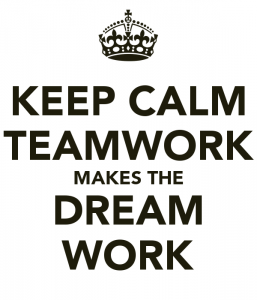In order to focus our energy on understanding the toolset that Amazon Web Services presents, we are focusing on four specific initiatives in the first quarter of 2014. These include:
- AAA High Availability for Cloud Services, which will remove the campus dependency for off-campus users accessing SaaS services, including Box, Google, Innotas, Concur among others.
- Backups, which will allow us to explore the feasibility of using a combination of S3 and Glacier for backups.
- ModoLabs, which will host the campus mobile application and is not tightly coupled to existing campus services.
- Conductor, which entails moving from an existing hosting provider to Amazon Web Services. For perspective, Conductor hosts more than 360 of the University’s websites, including oit.nd.edu. For monthly statistics about Conductor’s usage, refer to the nd.edu blog.
Each of these four projects will deliver value to Notre Dame and the students, faculty, and staff whom we serve. These projects will also serve as the vehicle through which our operational cloud model, leveraging Amazon Web Services, gets defined.
In a governance working session this afternoon, we made progress on defining the standards for tagging machine instances. As we approach the holiday break, we look forward to resting, reflecting, and returning, energized to make tremendous strides in 2014.
Onward!





